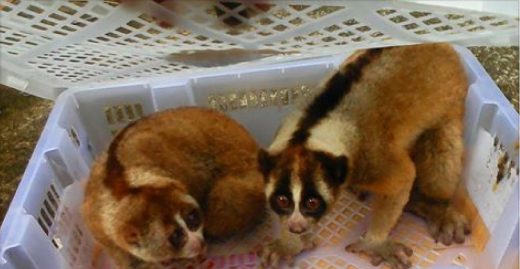- The Wildlife Witness app allows travelers and locals to anonymously and securely report wildlife trafficking they observe in Southeast Asia.
- As the first app for global community action against illegal wildlife trade, it allows tourists and regional residents to assist wildlife law enforcement and endangered species conservation.
- The app encourages people to use the internet and other avenues to speak up against and learn more about wildlife trafficking and their own role in countering it.
Jostling through the narrow turns of a market on the outskirts of Bangkok, you might concernedly notice vendors displaying delicate ivory carvings, dried tiger penises and bottles of bear bile pills, all obtained from unlawfully captured or slaughtered endangered animals. The Wildlife Witness app allows you to anonymously and securely report such observations of wildlife trafficking in Southeast Asia, an illegal wildlife trade hotspot. Developed in 2014 by Taronga Zoo in Sydney and the wildlife trade monitoring network TRAFFIC using funding from the Google Impact Challenge, the software has over 6,000 downloads so far.
Wildtech chatted with Belinda Fairbrother, Taronga’s Manager of Community Conservation, and Nisha Sabanayagam from TRAFFIC’s Program Development Monitoring and Evaluation department to find out more about this app that puts wildlife law enforcement and conservation in tourists’ hands.
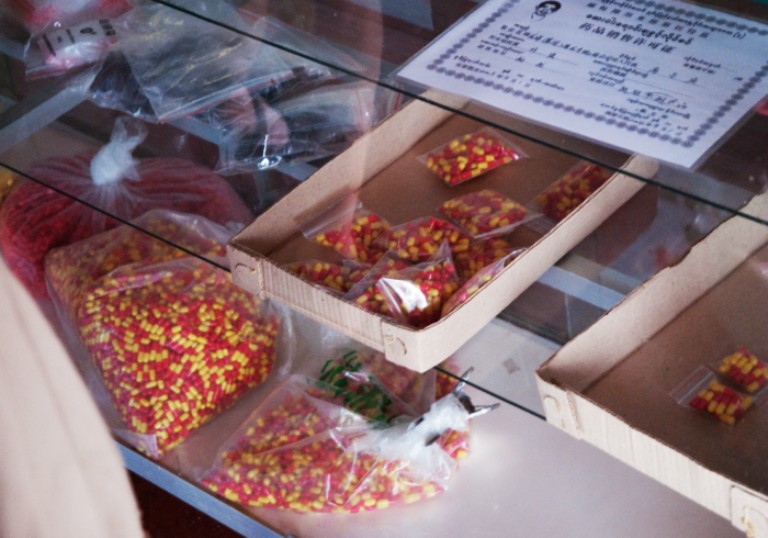
1) How does it work?
BF: The app interface allows you to take a photo of what you see. You can record whether it’s at a restaurant, a live animal display, or whether you’ve witnessed poaching or seen something in a market. You take a photo, add your location and as much description as possible, what species it is, how many there were, anything about the price or display. The app makes the report, which gets generated automatically in the database. It’s a simple tool to use. Our aim is to keep it that way. You don’t want something too onerous. Once people have used it once, a lot of people will keep using it, particularly if they live within the region and are happy to pass on more information, or they’re really keen online advocates. We get people who’re involved in online groups. They might be a reptile lover; they see things and can report them through the app.

2) What has user feedback been?
NS: They love it!
BF: We’ve had positive reviews so far, which has been great. Both on the app side and in anecdotal evidence. I’ve had a lot of people say “I’ve used it and it was very easy to use,” which is what we want to hear.
We’re working on how we show people the impact their report has made and the plight of the species under threat at the moment and feed back to them changes that are happening both in the legislative and regulation space and understand the picture that is illegal wildlife trade.
Because really every bit of information counts. It may seem like an isolated incident in one country, but that isolated incident could be a missing link into that bigger intelligence picture. Every bit of information builds a big picture and helps us see who’s the head honcho of a particular new trade chain, or discover a new trade chain. That’s the message we’d like people to know. There’s a constant movement behind information you send us. Something that works at a local level can give us a link to a picture that would solve trade issues on the regional or global level.
3) How has the app tangibly affected the fight against wildlife trafficking and what information has it specifically revealed? Can you think of a particularly striking enforcement success story involving it?
BF: A couple of years ago, no one had really heard of the Bornean earless monitor lizard. It was endemic to the island of Borneo. Monitor lizards are highly sought after in the reptile market. Through TRAFFIC’s work and reports such as Wildlife Witness, a rapid assessment was undertaken over a period of time to look at the location of the earless monitor lizard and the trade impacts coming from international smugglers taking them to markets within Germany and throughout Europe. What we saw was, in a very small amount of time, a species going from unknown to being widely traded online particularly, to being highly available within Europe.
What you then see is smuggling being reported where you had no known cases of smuggling. You’re putting species on the map in terms of the awareness of trade so enforcement agents know what they’re looking for and how much they’re worth on the market. It’s a fascinating case study in the sense that it’s not a tiger, lion, rhino or elephant. It’s not something you’d think of as a widely traded species, but it’s really threatened by illegal wildlife trade.
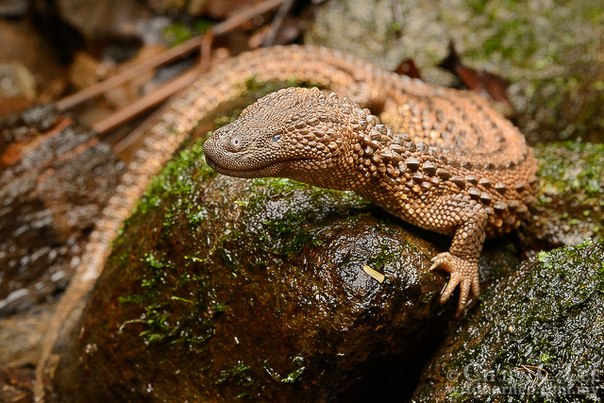
What we’re looking for in terms of working with enforcement agents is providing them with information through TRAFFIC that they see as credible as part of their law enforcement work. That’s the sort of move that is really exciting in terms of how this can all feed into the bigger picture.
4) What alternatives exist for reporting wildlife trafficking? What are this app’s advantages and disadvantages in comparison to those other options?
NS: There are other apps out there doing similar things. There is an app to report wildlife crime in Vietnam, but it’s only Vietnam-based and in the local language. There would be wildlife hotlines in almost every country that has a reasonable wildlife department or natural resources and environmental ministry that would provide you with options to call if you needed to make a report.
Most people go to police and make a report. It’s crucial for wildlife crime NGOs to have that relationship with police. TRAFFIC’s been around since the 1970s, and we’ve been here for almost 20 years in Malaysia and Southeast Asia. We have over the years built a huge number of contacts and a really good relationship with government. The biggest advantage is, we have this backend database that really helps us make connections between all these different reports. Illegal wildlife crime happens every day in huge volumes. It doesn’t make major news, but every day, a seizure happens, somebody sees something or people are taking stuff through the airport.
Because of the huge amount of information, it’s so important to consolidate this information and make sense out of it so it doesn’t become a one-off thing, that you report something to us, we send it to an enforcement agency and that’s it. We keep it in a database, we try to make connections, we build a bigger picture, we send the bigger picture back to enforcement agencies. It’s easier for us to talk to people who are in charge of legislation because we have the full amount of information, and that gives our arguments power to fight for changes in legislation that will fight the trade. We have a huge amount of advantages in terms of having this app.
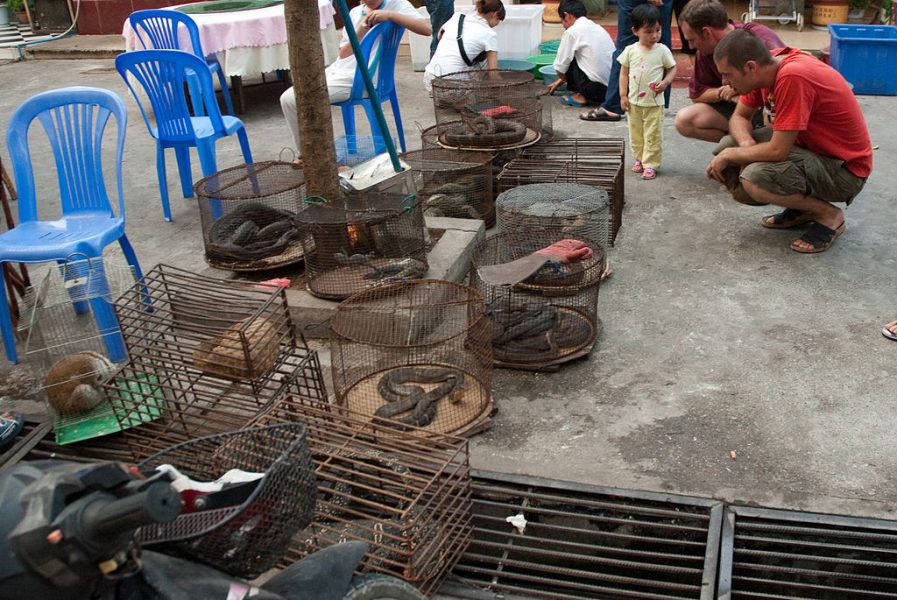
BF: The unique role Wildlife Witness plays is, it’s accessible to a global market. It’s really easy for anyone who’s jumping on a plane and going on holiday to understand it’s a tool they can use. They don’t have to look up the local number or find out what to do in a country they’re not sure about the cultural implications or enforcement agencies. Where this app fits in is allowing people to take action in a way that’s really accessible.
5) How could the app be improved?
BF: At the moment, we are focused on Southeast Asia. That was to get the proof of concept, to make sure it worked. I’d love it to be available wherever you were, so that there was a global understanding that if you see wildlife in trade, there’s something you can do about it. The main improvement I’d like to see is that we take on other geographic locations. And that will come through the partnerships we’ve now developed with San Diego Zoo Global in the US and Chester Zoo in the UK, to try to build that understanding both in the audience of travelers to Southeast Asia but also in domestic issues within those regions.
NS: Another improvement, especially in terms of Southeast Asia and of course looking into countries beyond, is the use of the language. Currently the app is in English. We’re establishing local language abilities for Indonesia and Thailand and would like to spread that out to various parts of the region, especially Vietnam, also another hotspot in illegal wildlife trade.
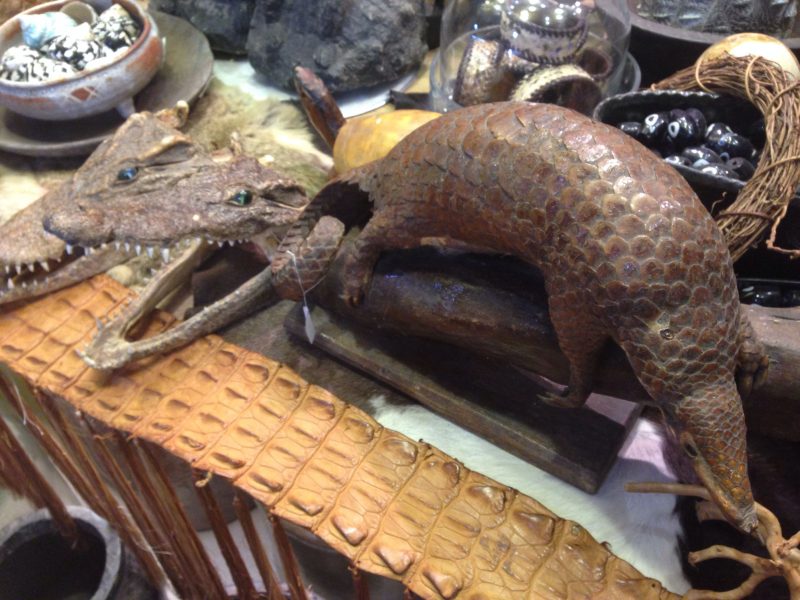
6) What is in store for the app and general citizen involvement in wildlife law enforcement?
BF: There’s two elements we’ve been looking at: one is, if you see something, say something—a hardline approach to tackling the pointy end of illegal wildlife trade. The reality is a lot of people domestically in the US and Australia may not be traveling in the near future to take that kind of action. So the second part of it is educating consumers about illegal wildlife trade in general, and whether what they buy, such as snakeskin products or other items for fashion, has any direct links to illegal wildlife trade.
Probably the next area we’ll start exploring with the zoos is how we get people to take a stand for wildlife globally in efforts they can take online. So starting an education campaign about things you can do in your everyday life to make sure none of the products you consume or buy have any direct link to illegal wildlife trade. Citizen science will play a huge role in terms of finding ways people can be active.
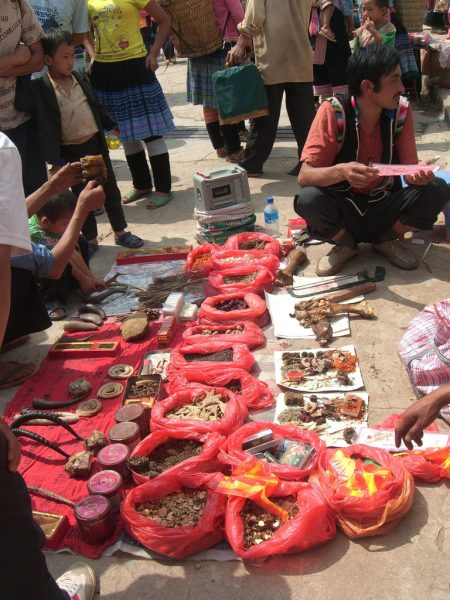
7) Overall, what is Wildlife Witness’ significance?
BF: It’s the first time we’ve been able to give people something to do to tackle a problem as significant as illegal wildlife trade. There’s no understating the power that it would have if every person that traveled to Southeast Asia had something like this in terms of the data we’d be able to compile to help tackle the issues behind the scenes for breaking crime networks and disrupting trade. It’s making sure every person can be the eyes and ears for wildlife when they’re traveling.
NS: All this information that comes to us also contributes toward research that TRAFFIC and zoos carry out. A lot of information TRAFFIC deduces is used by other conservation organizations. One of the biggest things about illegal wildlife trade is, we all know it’s happening, but we sometimes never know enough about it. Being able to have another tool out there and having the public use this tool helps us view a lot more data that helps us strengthen our research. Most importantly, it helps us monitor the trade and identify trends. When you have much better [information], it makes it a lot easier to focus on where to pay attention to have a really good sustainable intervention. A big problem with a lot of organizations these days is limited financial resources, so whatever financial resources we have, we need to put it in the right places so we have maximum impact.
